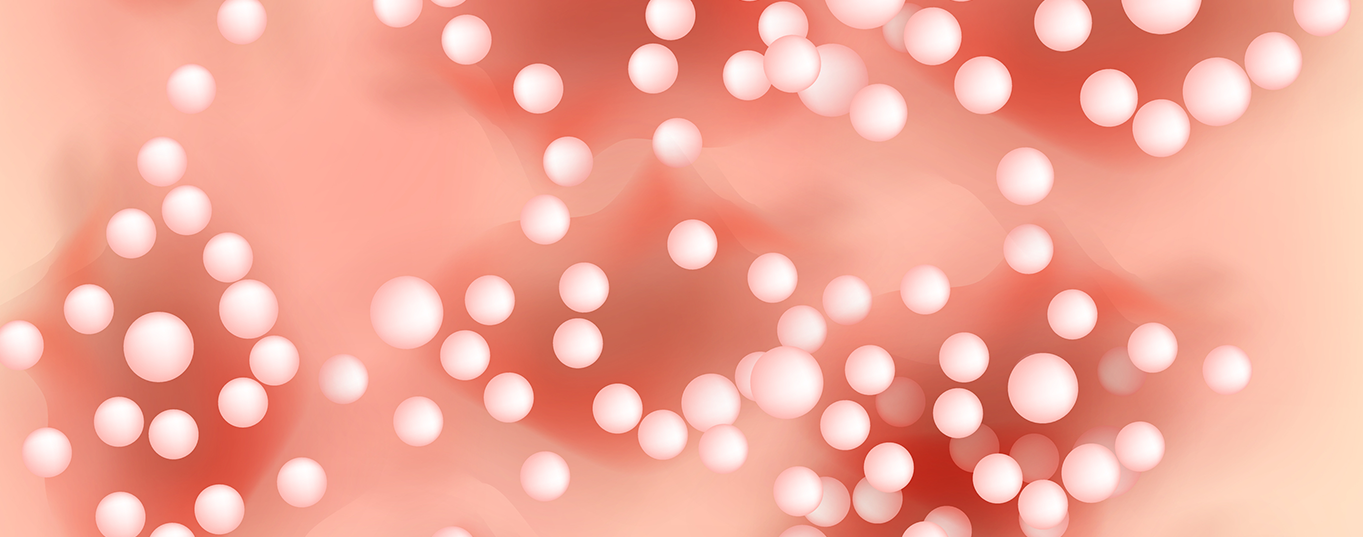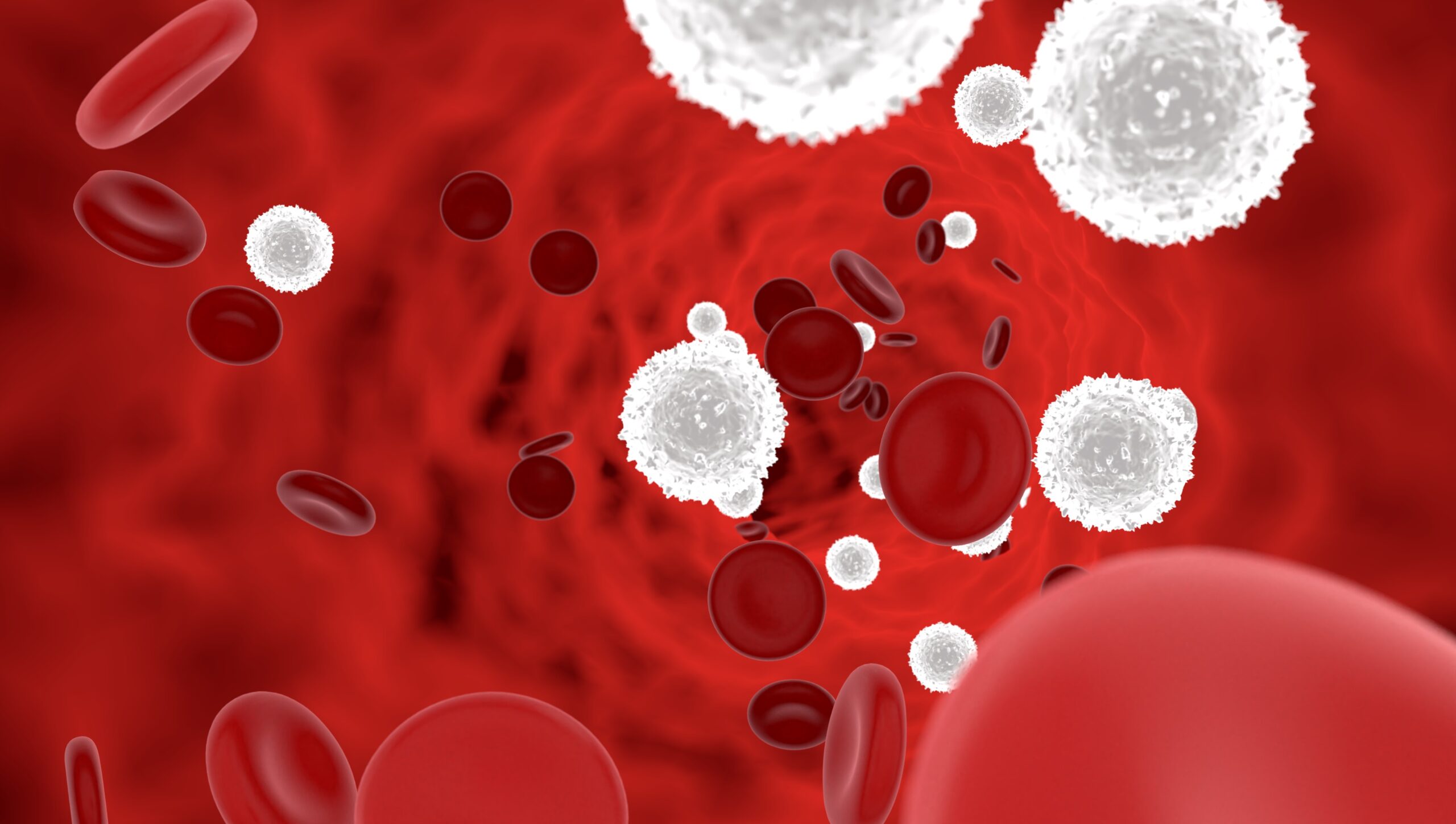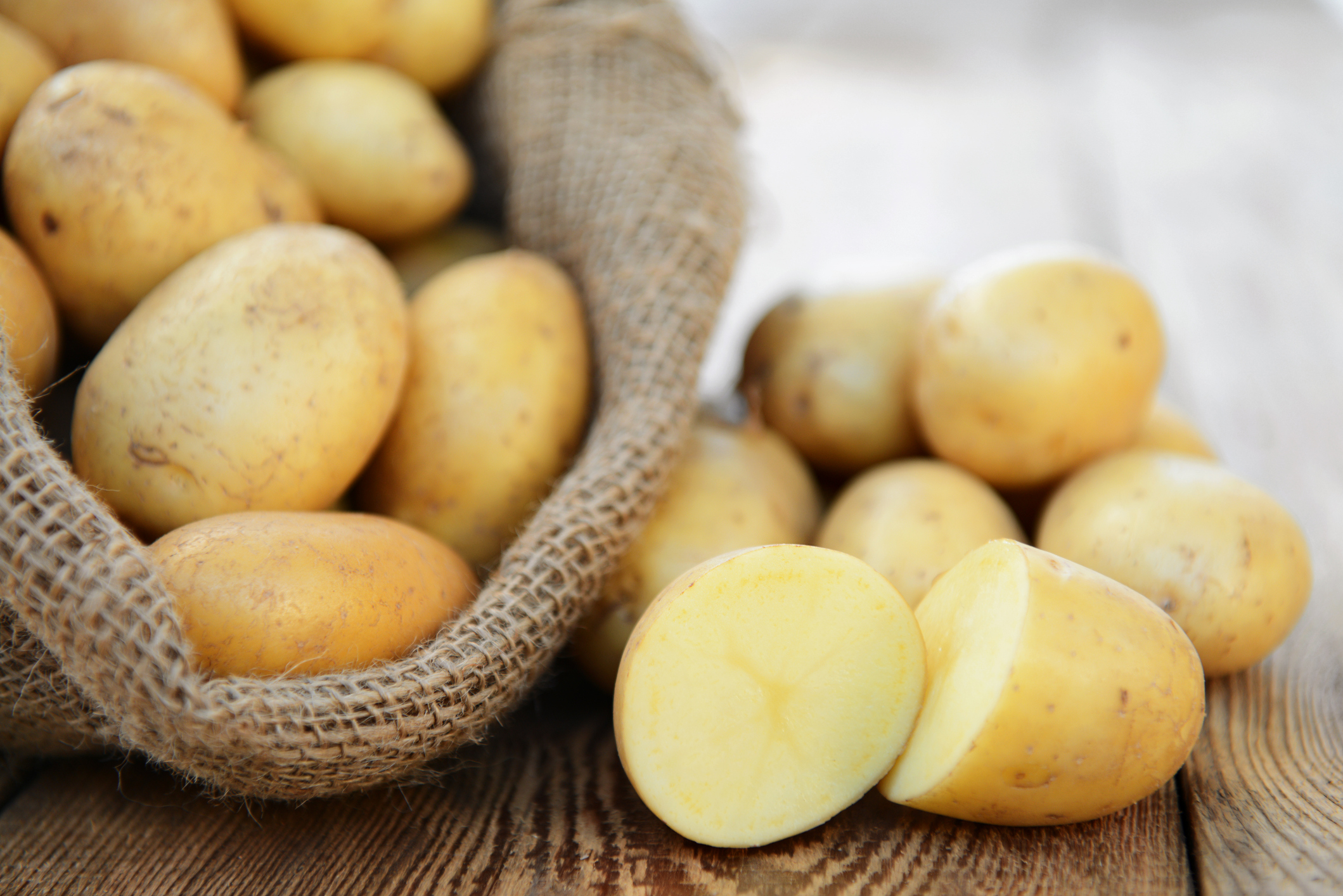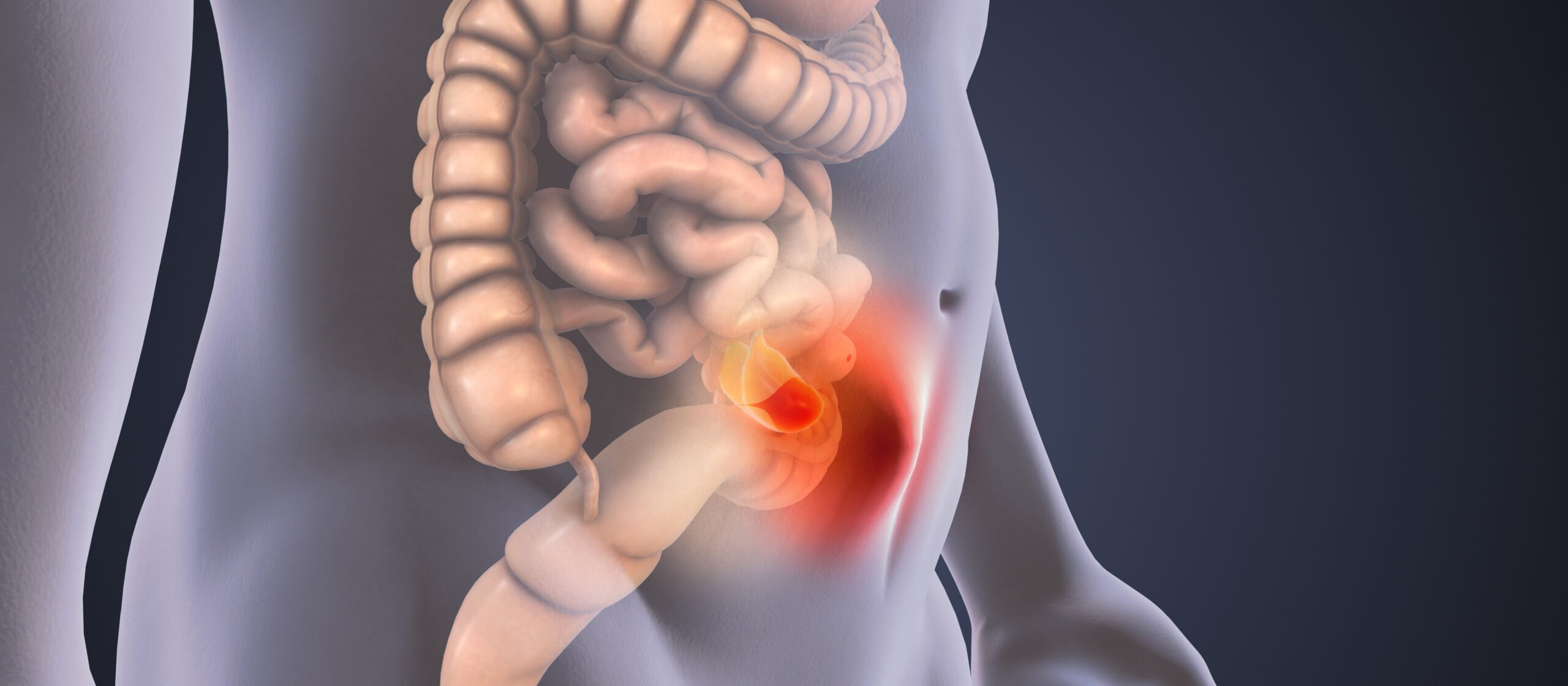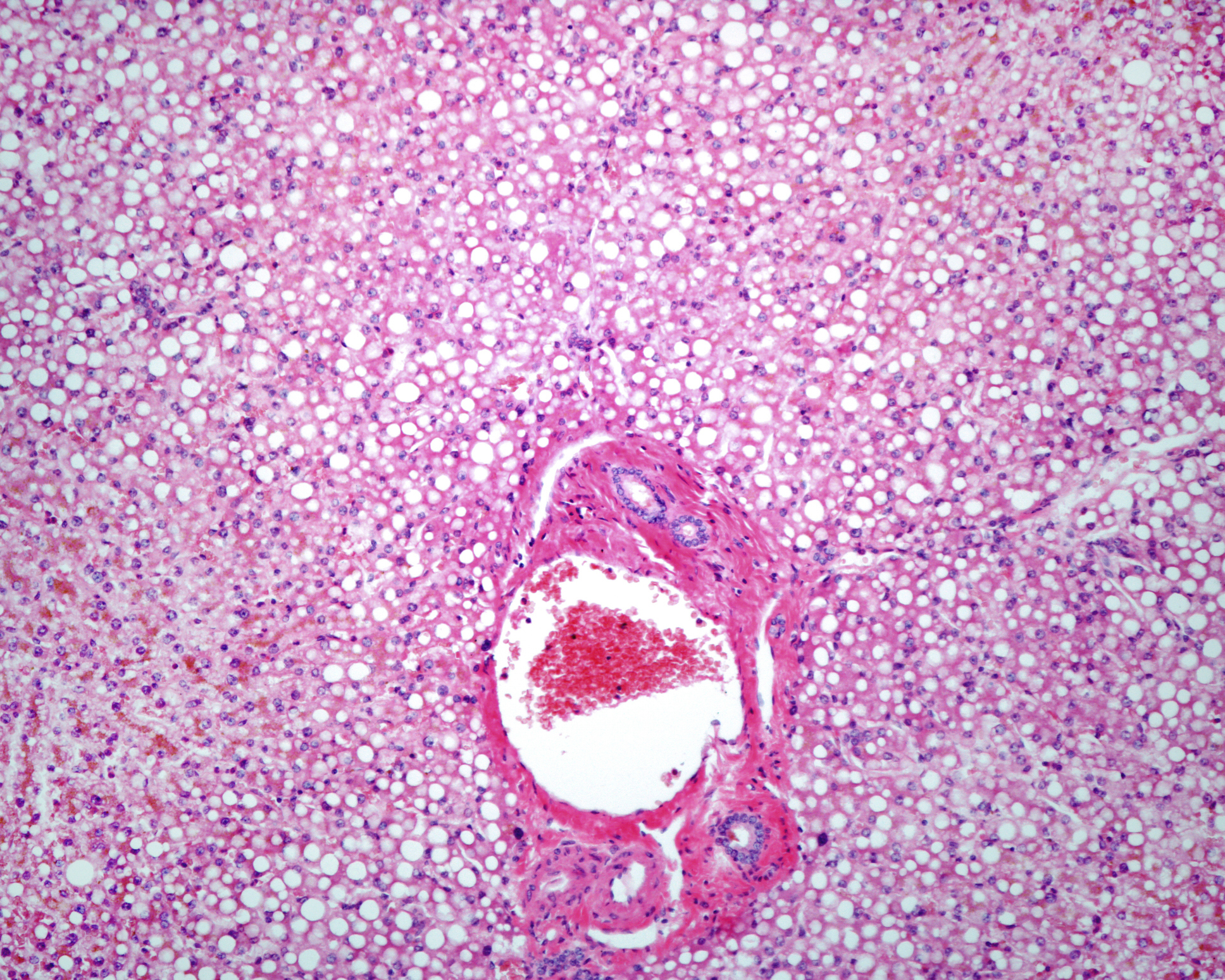Pustular psoriasis is characterized by the sudden appearance of small, pus-filled blisters (“pustules”). The clinical, pathological and genetic features of GPP and PPP differ from plaque psoriasis. While in GPP the key role of the interleukin (IL)-36 axis has been empirically proven, the immunopathogenesis of PPP is less well characterized, but IL-1 and IL-36 signaling pathways appear to be significantly involved.
Autoren
- Mirjam Peter, M.Sc.
Publikation
- DERMATOLOGIE PRAXIS
Related Topics
You May Also Like
- GLA:D® program for back pain patients
Fewer consultations and reduction in the use of painkillers
- Nutrition for type 2 diabetes
Not such a great tuber
- From symptom to diagnosis
Abdominal pain – external hernias
- Mechanisms, evidence and therapeutic consequences
GLP-1 receptor agonists in cardiology
- MASLD/MASH
Drug therapy options on the rise: spectacular evidence
- New ways of neuroregeneration
CRISPR and artificial intelligence
- Asbestos victims
Federal Council has decided to amend the UVG
- Music as a cure for cancer?

